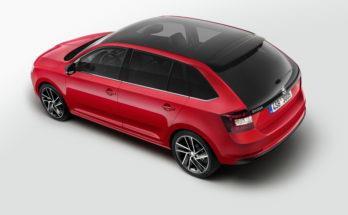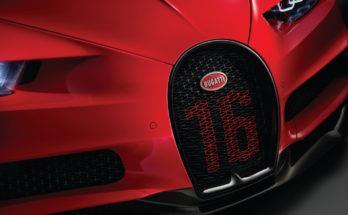The entry of the Renault-Nissan alliance was the most important moment of at least the new century for Russian AvtoVAZ . In addition to many billions of crowns, the French-Japanese connection brought the very capable Bo Andersson to the post of boss, who is the first foreigner to lead the car company, and the British Steve Mattin to the design department.
At the same time, both of them became essential figures in the creation of a completely new, 4.35-meter-long sedan (2.65-meter wheelbase) of the lower middle class called Vesta . The latter will not only replace the old Priora, but is also supposed to be the key to the Western European markets. The main trump card will be the attractive body design , which is behind the already mentioned Steve Mattin.
He intends to imprint a design philosophy on all new Ladas, including the Vesta, based on the letter X , which according to Mattin is a very strong letter. It is visible above all in the front part, where the mentioned style includes the front mask (with the new brand logo), lights, bumper and fog lamps. From the side profile, the very distinctly shaped areas around the fenders stand out, again in the style of the letter X. This also appears in the rear, specifically in the group lamps. In addition to them, the rear part is also interesting with the distinctive inscription "LADA" on the trunk lid.
No less interesting is the interior, which thanks to the upholstery of the seats will once again offer the currently very popular letter in AvtoVAZ. The overall design looks very fresh and modern, and Lada promises materials and workmanship at the level of the European competition. An interesting element are the alarm clocks in separate tubes and the unconventionally placed ventilation outlets around the multimedia system , which, by the way, should be transferred to the standard equipment. In the latter, we can find an adjustable steering wheel, ABS or stabilization.
Underneath the galvanized body is the Lada B platform, developed in collaboration with the Renault-Nissan alliance, from which many elements originate – for example, the steering and rear suspension originate from the Renault Mégane. Under the hood will appear completely new gasoline engines with a volume of 1.6 liters, which should meet the Euro 6 emission standard and whose performance will vary between 87 – 114 horses. However, it is too early for more specific information about the technology, because the serial Vesta , produced in Izhevsk, will not arrive before a year from now. In addition to the sedan, the hatchback and Universal station wagon will also be produced in the same plant.
So we can move on to the yellow Vesta WTCC concept , with which Britons Rob Huff and James Thompson, together with Russian Mikhail Kozlovski, are to drive around the world circuit next year. Apart from the prescribed rules, i.e. a maximum width of 1950 mm , a power of 380 horses and a weight of 1100 kg, however, there is no information about the racing derivative. We can also mention the aggressive aerodynamic bodykit, the large rear wing and, of course, the development under the baton of the Lada Sport department.
##lada_vesta1##
##lada_vesta2##
##lads_vesta3##
Source: Lada, autocar.co.uk



